 With about 500 meters to go in the Boston Marathon last April, Desiree Davila took the lead. The crowd lining Boylston Street went berserk. The television announcers were agog. Longtime reporters in the press room gasped.
With about 500 meters to go in the Boston Marathon last April, Desiree Davila took the lead. The crowd lining Boylston Street went berserk. The television announcers were agog. Longtime reporters in the press room gasped.
An American woman had not won the Boston Marathon in 26 years. An American woman had not even been this close to winning the Boston Marathon in 26 years. Yes, an instant after what would be her final surge, Davila’s legs went dead and she would become runner-up by two seconds. But her time of 2:22:38 was the fastest by an American woman in Boston history, and made her the third-fastest American marathoner ever. Her homestretch grit dazzled the millions watching on TV and the internet. It was an electric moment.
Davila was not happy.
“Ultimately I didn’t reach my goal, and that’s the part people don’t remember,” said the Hansons-Brooks Distance Project runner in a recent telephone interview. Acquiescing to be pleased with a big personal best is as far as she would go: “When I said beforehand that I wanted to win, I wasn’t just saying that to say it. I actually believed it. So for me it was a little disappointing.”
Known for their blue-collar work ethic and low-profile training venue, Hansons runners are used to being seen as underdogs. Even coming into Boston, Davila was still viewed as a back-bencher. (“It’s nice to come in and surprise people,” she said – more than six weeks before the race.) In a frame, as motivation, she keeps side-by-side photos of herself finishing behind Kara Goucher in the 2009 IAAF World Championships and behind Kilel in Boston.
That Patriots Day result, however, makes the 28-year-old from Rochester Hills, MI, the fastest woman qualifier in the 2012 Olympic Marathon Trials, and she is on just about everyone’s list as likely to make the team.
“It’s different,” she acknowledged, before questioning that status. “In all honesty, I don’t necessarily believe that I’m not the underdog in a lot of people’s minds anyway, just because the credentials of the other people lining up are pretty impressive. It’s hard to say.”
What’s easy to say is that a lot has changed in four years for the Chula Vista, CA, native who had a journeyman career at Arizona State before talking the Hansons into letting her join the group.
In 2008, the Trials were just Davila’s second stab at 26.2 miles. (She had made her debut at the distance in Boston the year before, running conservatively in her quest for a qualifying mark; she clocked 2:44:56.) She was threatening to take over third place – and a spot on the Olympic team – but had stopped taking fluids because of stomach issues and imploded at Mile 20, finishing 13th in 2:37:50.
She called it a big turning point in her career, a critical learning experience that got her excited about the marathon and fueled her passion to improve. It was a lot like Boston, she said: awful at the moment it happened, but “in all honesty, if I had made the team four years ago it would have been kind of getting lucky on that one day. I wouldn’t have really figured out the event the way I needed to. If I had made that team, I don’t think I would be where I’m at.”
There haven’t been many missteps since, with her personal best continuing its free-fall: from 2:31:33 (Chicago 2008), to 2:27:53 (11th at the IAAF World Championships in 2009), to 2:26:20 (Chicago 2010) and now 2:22:38. From her first marathon to her most recent, six in all, she has sliced more than 22 minutes off her personal best.
“When I look at the entire chunk, four years ago to now, it’s kind of frightening,” she acknowledges, “but when you look at the little steps in between it’s logical. It’s a massive improvement, but it’s all done in little tiny baby steps.”
Last winter, in Boston for a few days of training on the marathon course, Davila listed one of her goals for the race as learning how to run up front, how to mix it up with the leaders. Mission accomplished. An impressive summer on the track, with personal bests at both 5000 meters (15:08.64, #3 in the U.S. last year) and 10,000 meters (31:37:14), brings her to Houston less concerned that anyone is going to run away from her now that she’s up there.
If Davila needs to buy another photo frame after Saturday, it might be for a new reason.
“She’s been a different runner every time she’s gone out,” says Kevin Hanson in a video documentary on the training group posted on Flotrack.org. “So if people think they saw something real special at Boston, she’ll be better at the Trials than she was in Boston. She will be.”


Leave A Comment
You must be logged in to post a comment.